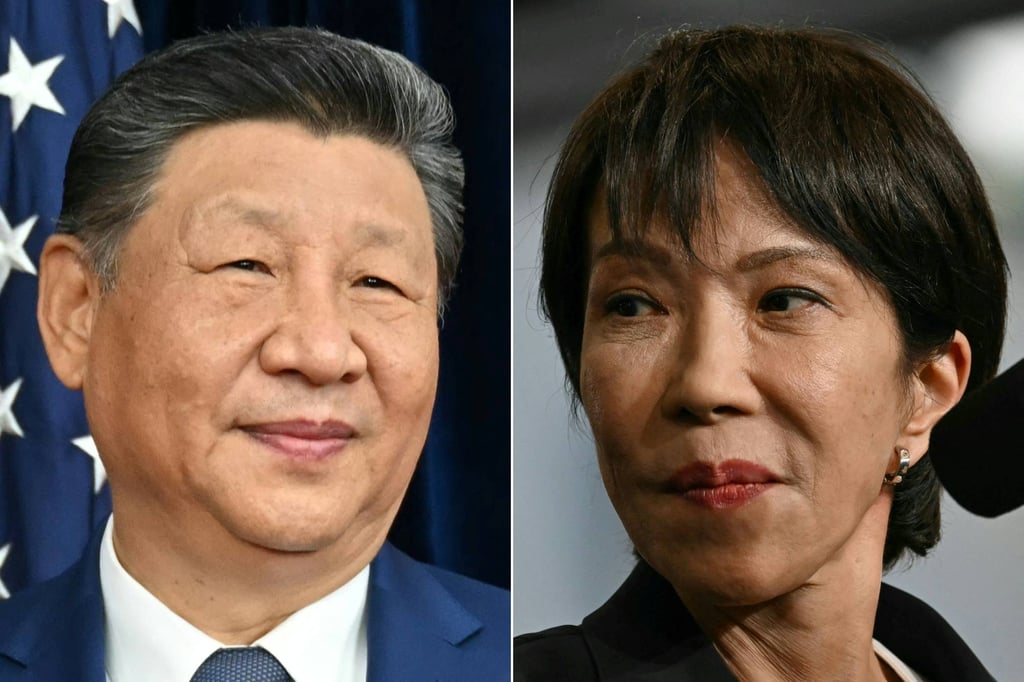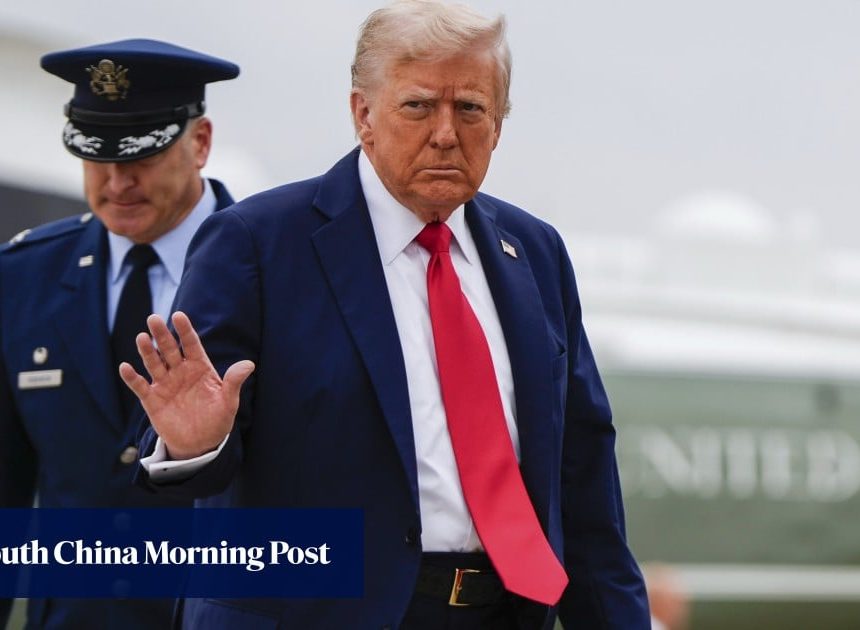19 November, 2025
0 Comments
0 categories
While failing to see eye to eye is hardly new to Beijing and Tokyo, Sino-Japanese relations have been especially strained this month and are at risk of worsening even further.
The trigger for the downturn was Japanese Prime Minister Sanae Takaichi’s comments to the Japanese parliament on November 7 that the use of force against Taiwan could be perceived as a “survival-threatening situation”, which would permit Tokyo to deploy the Japan Self-Defence Forces. She has refused to retract her statement.
The timing of the comments also has much to do with Beijing’s fury. Her statement came shortly after Beijing designated October 25 as the day to commemorate Taiwan’s liberation from Japanese occupation 80 years ago.
In addition, Beijing held high-profile events in the preceding months to mark the 80th anniversary of China’s victory against Japanese aggression in World War II, capped by a massive military parade on September 3.
The present diplomatic row, therefore, could be seen as the culmination of a complex and arguably unresolved wartime history between the two countries, coupled with recent policy statements and actions by each side that the other views with wariness.

Why did Takaichi’s comments infuriate Beijing?
Takaichi’s statement indicated that Japan might deploy troops to intervene if Beijing were to use force against Taiwan, marking a departure from the “strategic ambiguity” long espoused by Japan’s leaders.


